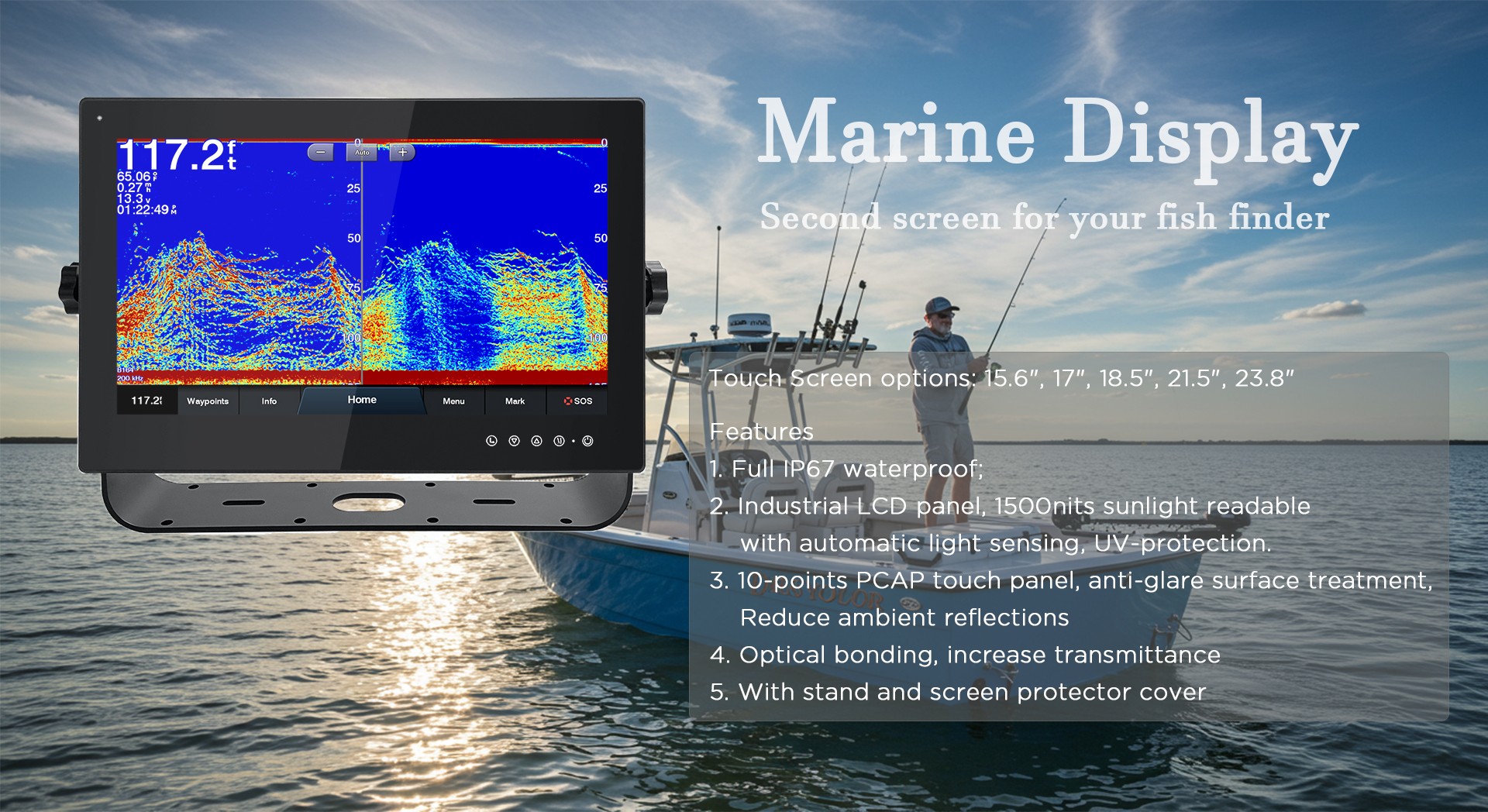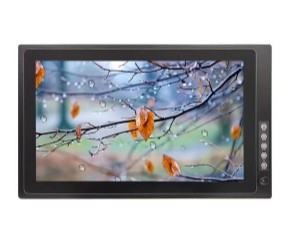Jun. 15, 2024
Self-service kiosks have become increasingly popular across various industries due to their ability to enhance customer experience, streamline operations, and reduce labor costs. This ultimate guide will cover everything you need to know about self-service kiosks, including their benefits, types, components, implementation strategies, and industry applications.
· Convenience: Customers can access services quickly without waiting for assistance.
· 24/7 Availability: Kiosks can operate around the clock, providing services even when staff are not available.
· Personalization: Kiosks can offer tailored experiences based on customer preferences and history.
· Reduced Labor Costs: Automating routine tasks reduces the need for staff intervention.
· Speed and Accuracy: Transactions and processes are completed faster and with fewer errors.
· Data Collection: Kiosks can gather valuable customer data for analytics and decision-making.
· Upselling and Cross-Selling: Kiosks can suggest additional products or services.
· Reduced Abandonment Rates: Efficient service reduces the likelihood of customers leaving due to long wait times.
· Provide information, directions, or assistance in places like malls, museums, and airports.
· Dispense tickets for events, transportation, or parking.
· Used in airports, hotels, and healthcare facilities for checking in or out.
· Facilitate payments for services like utilities, parking, and retail purchases.
· Common in quick-service restaurants (QSRs) for placing food orders.
· Allow customers to browse and purchase products in retail environments.
· Enable customers to print photos from digital media.
· Touchscreen Display: Interactive interface for user interaction.
· Enclosure: Durable casing to protect internal components.
· Printer: For receipts, tickets, or other printed materials.
· Card Reader: For processing credit/debit card transactions.
· Barcode Scanner: For scanning items or tickets.
· Keyboard/Keypad: For inputting data (optional based on design).
Industrial Wired Computer Keyboard with Touchpad
· Operating System: The platform on which the kiosk operates (e.g., Windows, Android).
· User Interface (UI): The design and layout of the screen interactions.
· Backend System: Connects the kiosk to databases, payment processors, and other systems.
· Security Software: Protects against data breaches and unauthorized access.
· Internet Connection: Essential for real-time data processing and updates.
· Power Supply: Reliable power source to ensure continuous operation.
· Identify Objectives: Define what you aim to achieve with the kiosks.
· Select the Right Type: Choose the type of kiosk that best fits your needs.
· Location and Placement: Determine optimal locations for visibility and accessibility.
· Custom Design: Tailor the kiosk’s design to match your brand and user needs.
· User Experience (UX): Ensure the interface is intuitive and user-friendly.
· System Integration: Connect the kiosk to your existing systems (e.g., POS, CRM).
· Payment Integration: Ensure secure and seamless payment processing.
· Pilot Testing: Test the kiosk in a controlled environment to identify and fix issues.
· Full Deployment: Roll out the kiosks across your intended locations.
· Regular Maintenance: Schedule routine checks to ensure optimal performance.
· Technical Support: Provide 24/7 support to address any issues promptly.
· Enhances the shopping experience by providing product information, availability, and easy checkout options.
· Streamlines check-in/check-out processes in hotels, providing guests with quick service and freeing up staff for other tasks.
· Facilitates patient check-ins, appointment scheduling, and payment processing, reducing wait times and administrative burden.
· Used for self-check-in at airports, ticket purchasing at train stations, and renting vehicles.
· Allows customers to place and customize orders at restaurants, improving service speed and order accuracy.
· Enables citizens to access information, fill out forms, and make payments for services like parking and utilities.
Self-service kiosks are revolutionizing the way businesses interact with customers by providing efficient, convenient, and cost-effective solutions. By understanding their benefits, types, components, and implementation strategies, businesses can effectively leverage kiosks to enhance service delivery and operational efficiency across various industries.




What is a Waterproof Industrial Box PC?
May. 16, 2025